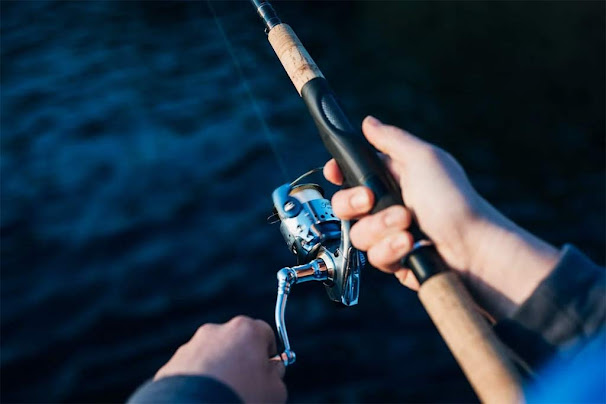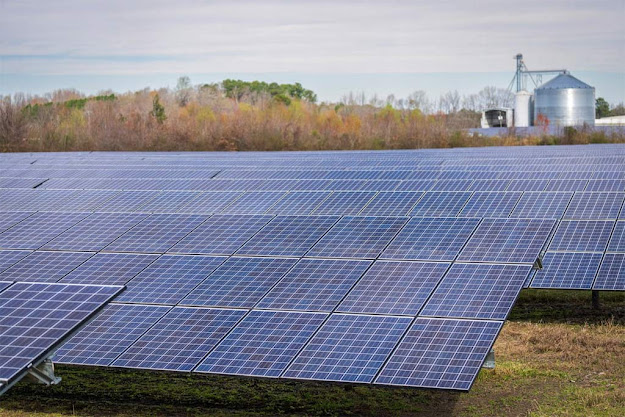Fishing Reel Types for Both Beginners and Advanced Fishermen
Fishing reels are an essential component of any angler's gear, offering a variety of mechanisms suited for different fishing conditions, techniques, and skill levels.
Photo: Pexels
Understanding the differences between reel types can significantly enhance your fishing experience, whether you're a novice casting your first line or an experienced fisherman seeking to refine your technique.
1. Spinning Reels
Spinning reels, characterized by their fixed, open spool and a bail that guides the line onto the spool during retrieval, are among the most popular reels for both beginners and seasoned anglers. They hang beneath the rod and are operated with the angler's dominant hand, while the non-dominant hand holds the rod.
Pros: Easy to use, versatile, and suitable for a wide range of fishing techniques and fish species. They are excellent for casting light to medium lures and baits.
Cons: Not as effective for casting very heavy lures or baits, and can sometimes produce line twists.
2. Baitcasting Reels
Baitcasting reels sit on top of the rod and offer greater control over casting, making them a favorite among many experienced anglers. They feature a revolving spool and require the angler to control the spool's speed with their thumb to prevent tangles and maximize accuracy.
Pros: Excellent for casting accuracy and handling heavier line and lures. They provide better control for fighting larger fish.
Cons: There is a steep learning curve due to the risk of backlash (bird's nest) if the spool is not properly controlled.
3. Trolling Reels
Trolling reels are designed specifically for the technique of trolling, where the bait is dragged through the water behind a moving boat. They are similar to baitcasting reels but are built for heavier lines and long hours of fishing.
Pros: Great for catching large fish species like tuna and marlin, and can handle heavy-duty fishing tasks with ease.
Cons: Not suitable for other types of fishing techniques due to their size and specific design.
4. Fly Fishing Reels
Fly fishing reels are uniquely designed for fly fishing, with a simple mechanism that primarily stores the fly line. They feature a large arbor for quick retrieval and minimal line memory.
Pros: Perfect for the unique needs of fly fishing, allowing for precise control over lightweight lures and lines.
Cons: Limited to fly fishing and requires specialized skills and techniques to use effectively.
5. Spincast Reels
Spincast reels are considered the easiest to use, making them ideal for beginners and children. They feature a button release for casting and a covered spool that minimizes tangles and line snags.
Pros: Very user-friendly, affordable, and great for learning the basics of casting and retrieval.
Cons: Not as durable or capable of handling heavy lines or large fish as other reel types.
6. Surf Fishing Reels
Surf fishing reels are designed for casting long distances from the shore, with robust construction to handle heavy lines and large fish. They are typically larger and more durable versions of spinning or baitcasting reels.
Pros: Excellent for beach fishing, with the ability to cast far distances and withstand harsh saltwater environments.
Cons: Their size and weight can make them less suitable for other types of fishing.
7. Centerpin Reels
Centerpin reels are traditional fishing reels that operate on a simple bearing mechanism, allowing for an extremely smooth and free-running spool. They are primarily used for river fishing, especially for steelhead and salmon.
Pros: Offer unparalleled control for float fishing, allowing for very natural bait presentations.
Cons: Require practice to master and are mostly limited to specific freshwater fishing techniques.
Final Thoughts
Choosing the right fishing reel depends on your level of expertise, preferred fishing technique, and the species of fish you're targeting. Whether you're starting with a user-friendly spincast reel or mastering the precision of a baitcasting or fly fishing reel, there's a type of reel designed to enhance your fishing experience. Understanding the strengths and limitations of each reel type is the first step toward making an informed decision that aligns with your fishing goals and preferences.



